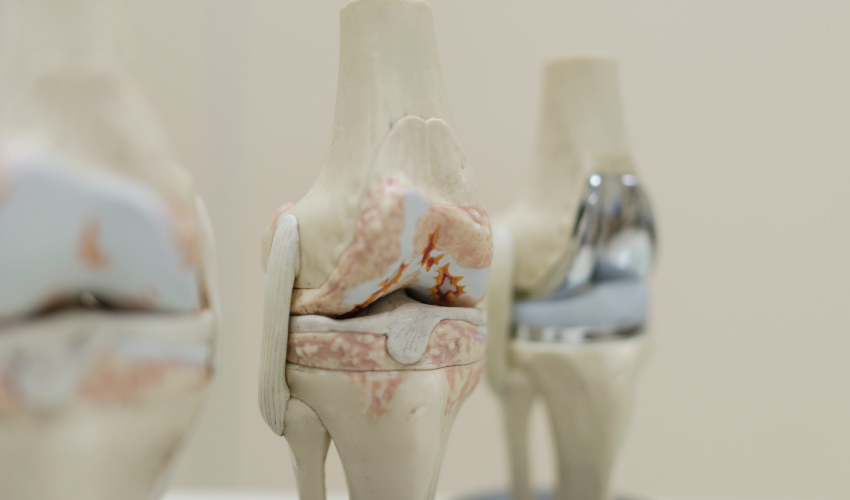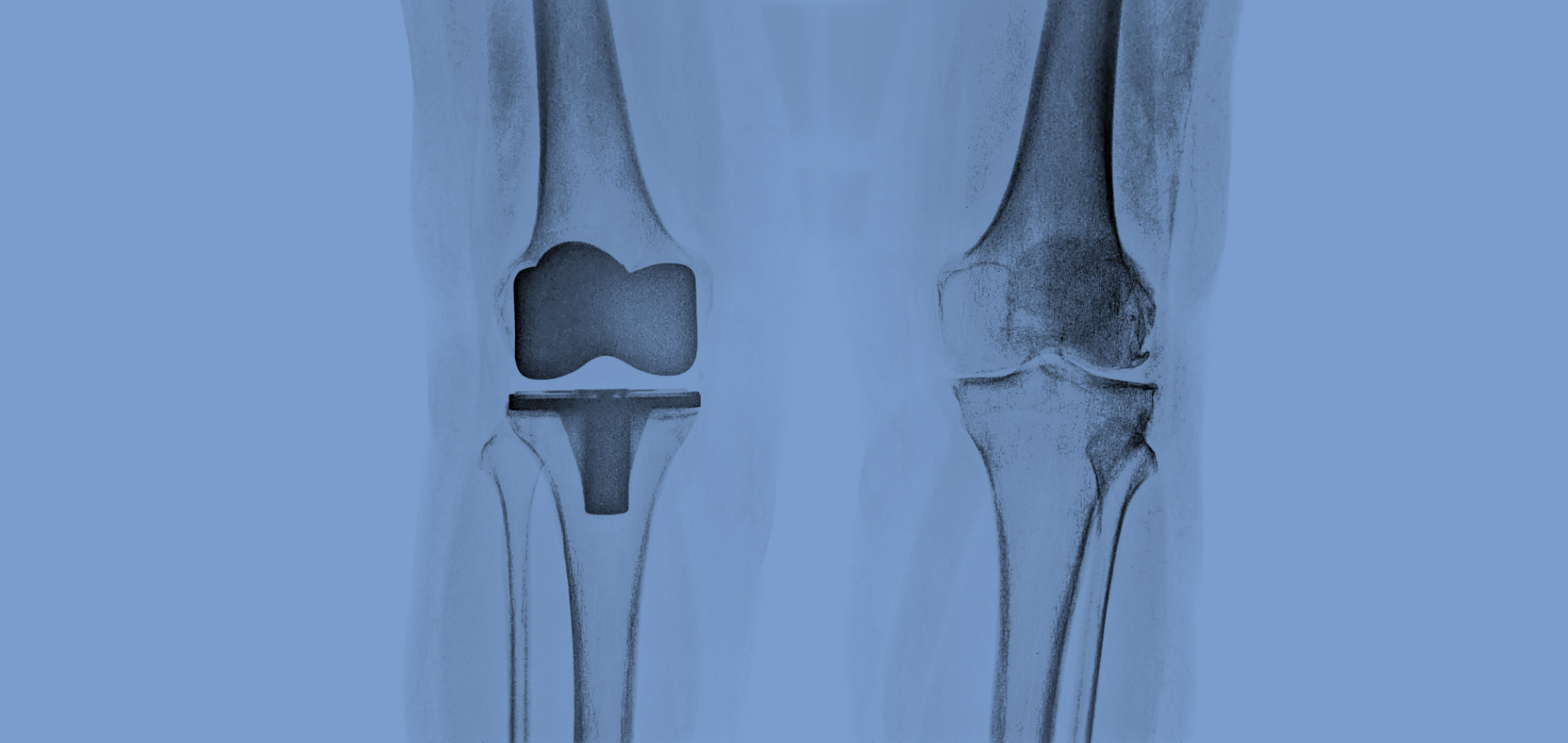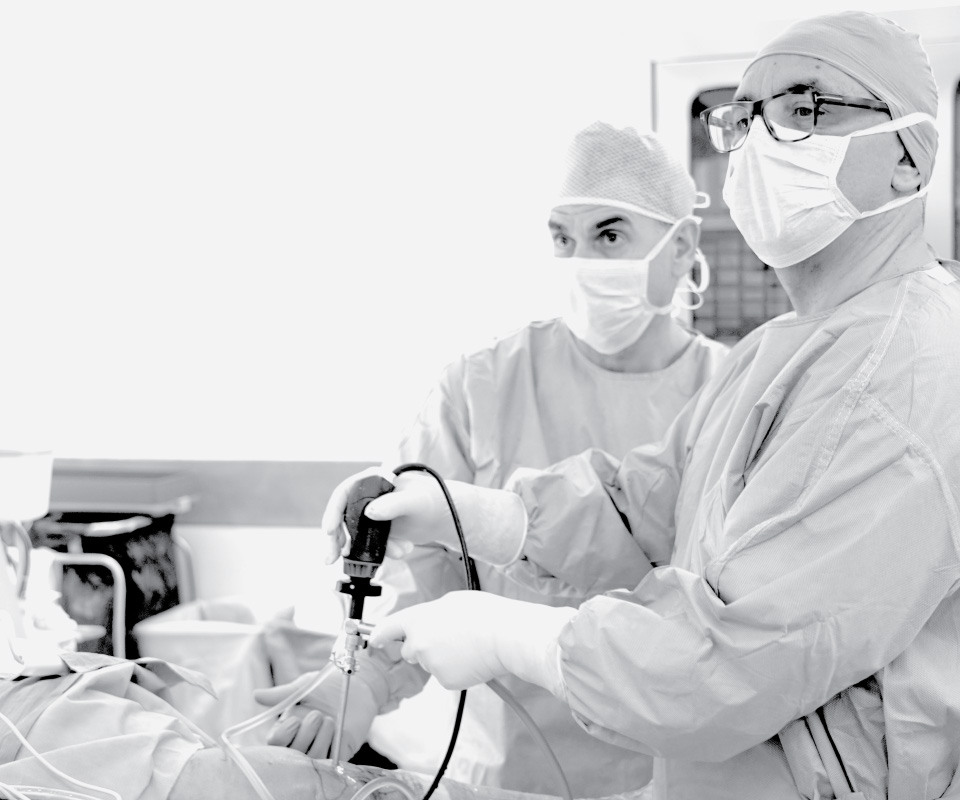Intra-articular collagen therapy
The purpose of intra-articular collagen therapy is to preserve the structure of the articular cartilage as well as the periarticular structures such as ligaments, joints and tendons. Maintaining normal structures helps to balance the forces exerted on the joint which are essential for its health.
It also improves the viscoelastic properties of the synovial fluid by supplying the physiological function of collagen fibers, the intercellular matrix proteoglycans, thereby maintaining the excellent functions of the articular cartilage.
Intraarticular therapy with collagen is administered in the private office and does not require restriction of activities afterwards. New studies highlight the combined intraarticular use of collagen with hyaluronic acid and demonstrate the most effective and long-lasting action on arthritis symptoms, such as pain, stiffness of the joint and range of motion.
The treatment plan which applied depend on the severity of the arthritis and the clinical condition of each patient individually.




